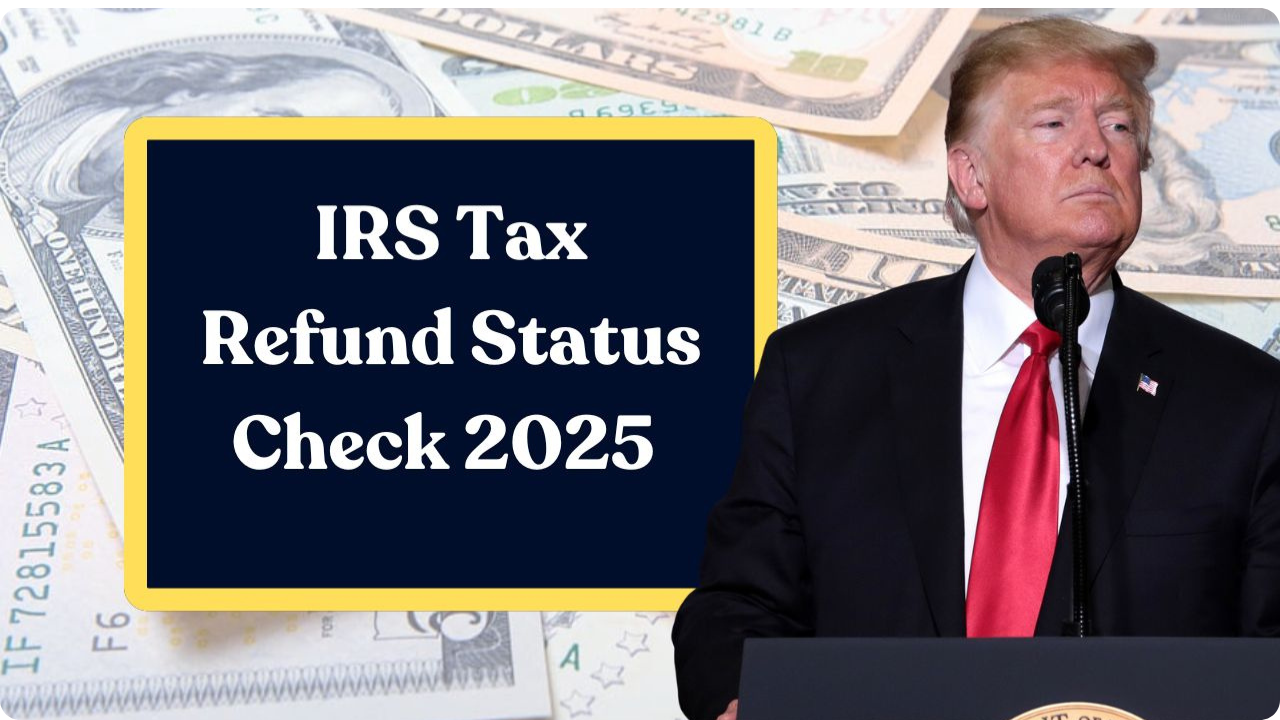IRS Tax Refunds: Tax season’s over, but the wait for that sweet refund check is on! For millions of Americans expecting IRS tax refunds in August 2025, the big questions are when the money’s coming and how it’ll land in your pocket. With an average refund of around $2,945 this year, these payments can be a game-changer for bills or a little splurge. Whether you filed early or with an extension, here’s the lowdown on what to expect, how to track your refund, and why some folks might wait longer.
When Will Your Refund Arrive?: IRS Tax Refunds
If you filed your 2024 taxes electronically by the April 15 deadline, most refunds hit within 21 days, but August 2025 is key for those who filed later or with extensions. For returns accepted by July 31, 2025, direct deposits could land by August 21, while paper checks might arrive by August 28. Those who filed extensions (due October 15) can expect refunds from August 29 to September 19 for e-filers, or up to October 3 for paper filers. Mark your calendar, but don’t bank on exact dates—delays happen!
| Specifications | Details |
|---|---|
| Average Refund | ~$2,945 (2024 tax year) |
| Filing Methods | E-file: ~21 days; Paper: 4-8 weeks |
| Key Dates | E-file accepted by July 31: August 21 (direct deposit), August 28 (check); Extension filers: August 29-September 19 (e-file), October 3 (paper) |
| Delivery | Direct deposit or mailed check |
| Status Check | IRS “Where’s My Refund?” tool or IRS2Go app |
| Tax Status | Refunds are tax-free |
How You’ll Get Paid
The fastest way to get your refund is direct deposit—80% of filers choose this, and it can hit your account in as little as 8 days after the IRS accepts your return. Make sure your banking info is correct on your tax return to avoid hiccups. If you didn’t set up direct deposit, expect a paper check in the mail, which takes 6-8 weeks for paper filers. The IRS processes refunds daily, but banks might take a few extra days to post the funds.
Why Some Refunds Take Longer
Not everyone’s cash comes quick. If you claimed credits like the Earned Income Tax Credit (EITC) or Additional Child Tax Credit (ACTC), the IRS holds refunds until mid-March to verify claims, so August payments might be for amended returns. Errors, like wrong Social Security numbers, or suspected identity theft can flag your return for manual review, adding weeks or even months. Paper filings are slowest, and if you owe back taxes, the IRS might snag your refund to cover it.
How to Track Your Refund
Want to know where your money’s at? The IRS’s “Where’s My Refund?” tool on irs.gov or the IRS2Go app is your best friend. You’ll need your Social Security number, filing status, and exact refund amount to check. Updates happen daily, usually overnight, showing “Received,” “Approved,” or “Sent.” You can start tracking 24 hours after e-filing or 4 weeks after mailing. If it’s been over 21 days with no update, call the IRS at 800-829-1954, but don’t expect them to speed things up—they’ll just confirm the status.
Tips to Get Your Refund Smoothly
- Double-check your bank info for direct deposit before filing.
- Use the “Where’s My Refund?” tool for real-time updates.
- File electronically to speed up processing.
- Avoid errors on your return to skip manual reviews.
- Contact a tax pro if your refund’s delayed beyond 8 weeks.
Why This Matters Now
With inflation hitting wallets hard, that $2,945 average refund can cover groceries, bills, or a much-needed vacation. The IRS processed over 140 million returns this year, and August 2025 is a big month for late filers or those with extensions. If you’re still waiting, don’t fall for scams promising fake stimulus checks—stick to irs.gov for legit info. Check your refund status today, and get ready to see that cash hit your account soon!




